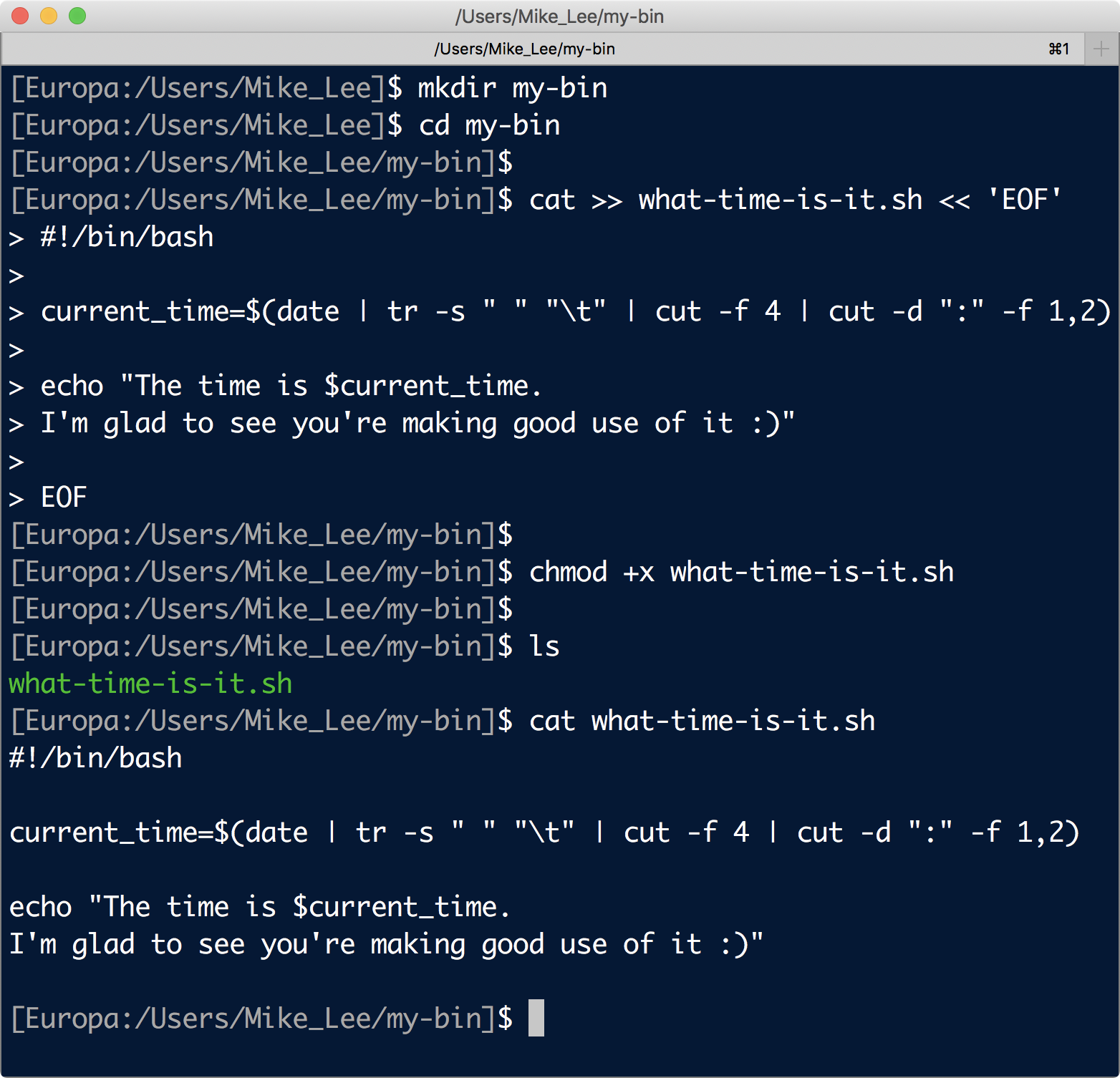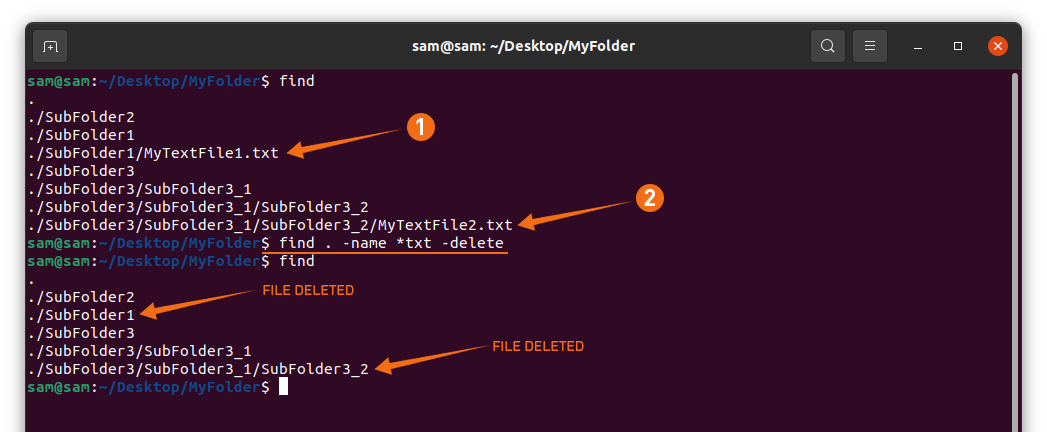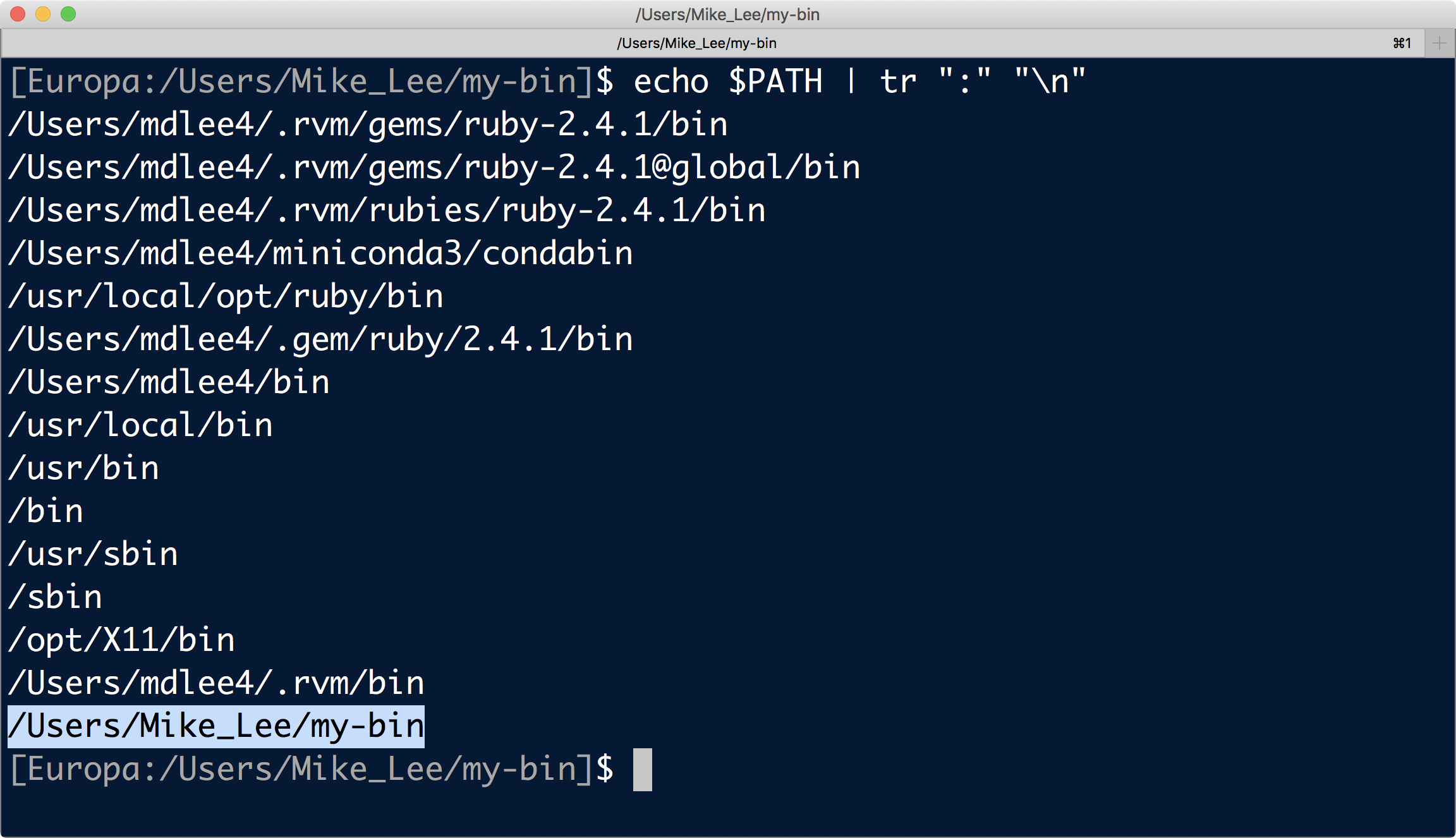Bash Use Which to Find Path of Command
Unix command find doesnt do what I want to do. You can use bashs Tilde Expansion to get the absolute path of the current working directory this way find prints the absolute path for the results as well.

What The Heck Is My Path And How Do I Get It To Do What I Want
The real problem is when I incorporate structure in the variable.

. App dist Here the filter is -type. You can use command which use to locate a command. Replace command with the name of the executable for which you are looking.
Melinux type echo echo is a shell builtin melinux command -V echo echo is a shell builtin. It will take different arguments like OPTION expression the path of the files or directories etc. The which command has had problems getting the proper path confusion between environment and dot files.
This command searches the opt directory and prints the complete path names of all files named profile. To find out the type of a shell command you can simply use the shell type builtin with the syntax type. You guessed it -type f selects files and -type d selects directories.
In Manjaro type the following. To make the alias persistent and available after reboot place it in your bashrc or bash_aliases file. We can use the find keyword in the syntax or command.
-iname thumbsdb -print0 xargs -0 stat. The command will return an absolute full path which is basically a path of all the directories that starts with a forward slash. It will also tell if the command is a built-in shell an alias a function or external command.
The general form of the command is. Here is the situation. Find homeyourusernameDesktop -type f -name filename and prints results like.
The bash command builtin with the -V option will provide a similar verbose output. This is actually a very efficient way of removing lots of files like thousands or even millions. If it is not in your path then its best to look for it with locate -b git It will find anything named git.
I use the bash shell. The opt slash instructs the find command to search the opt directory and all of its subdirectories. Binbash for i in find -maxdepth 1 -mindepth 1 -type d.
By using the -exec command you can execute other Linux commands on the found files or folders. Find -type f -name filename If executed in Desktop this is expanded to. The most typical usage of the find command is to locate files by name.
Find homelinuxize -type f -name documentpdf. We need to use the type command to display the path of a Linux command. Find -H -L -P -D debugopts -Olevel path expression find.
Find pathtofiles -mtime 5m -exec rm. Use the pwd command to find out the path of the current working directory folder youre in. It supports searching by file folder name creation date modification date owner and permissions.
The find command in Linux is a command-line utility for traversing the file hierarchy. To use it at the Unix prompt enter. For type you can get just the path with the -p argument.
In some cases you may want to check the. Use the -name option followed by the name of the file youre looking for to find it by name. If you want it to be fd you can set an alias.
Find starting directory matching criteria and actions The find command will begin looking in the starting directory you specify. The above code works. The varwww path specifies the directory that will be searched.
The expression -name js tells find to search files ending with js JavaScript files. The reason I want to know this is so that I can pass the path as an argument for my script. This command find all empty folders and files in the entered directory or sub-directories.
Replace pattern with a filename or matching expression such as txt. -name page -type f -exec bash -c basename. To install fd on Fedora type this command.
Which returns the pathnames of the files which would be executed in the current environment had its arguments been given as commands in a strictly POSIX-conformant shell. This command find all the files in the GFG directory or sub-directory with the given permissions. Several Unix dialects use the whereis command to find where programs or executables are stored in the file structure of the computer.
Find Files by Name Finding files by name is probably the most common use of the find command. Itll be a long list so might be good to qualify it with locate -b git. Find GFG -empty.
Sorry for the confusion. For example you could use the following command to look for a file named documentpdf in the homevegastack directory. Do becho i awk print substr13.
Leave the double quotes in Options. Find the correct path to an executable file in Unix. Find -type f appappjs appindexhtml appstylecss distappjs distindexhtml diststylecss find -type d.
For example if you are looking for the. Echo This file contain ibtxt find i -type f. Search for file with entered permissions.
The filename and path are passed to our words-only function just as before. Sudo pacman -Syu fd. A slight alternative to this command is.
It can be used to find and track files and directories. Sudo dfn install fd-find. Find GFG -perm 664.
To use the find command at the Unix prompt enter. To list all files in the file system with a specified base file name type. Type command type -t command type -a command.
The option -L options tells the find command to follow symbolic links. It does this by searching the PATH for executable files matching the names of the arguments. Find opt -name profile -print.
Search text within multiple files. If we cd up a level out of the pages directory and run that command find will still discover the PAGE files because it searches recursively. The difference is that rm is now executed for every single file instead of as many files per batch as your system allows.

How To Use The Find Command In Linux To Search Files

What The Heck Is My Path And How Do I Get It To Do What I Want

Batch File Windows Shell Command To Get The Full Path To The Current Directory Stack Overflow
Comments
Post a Comment